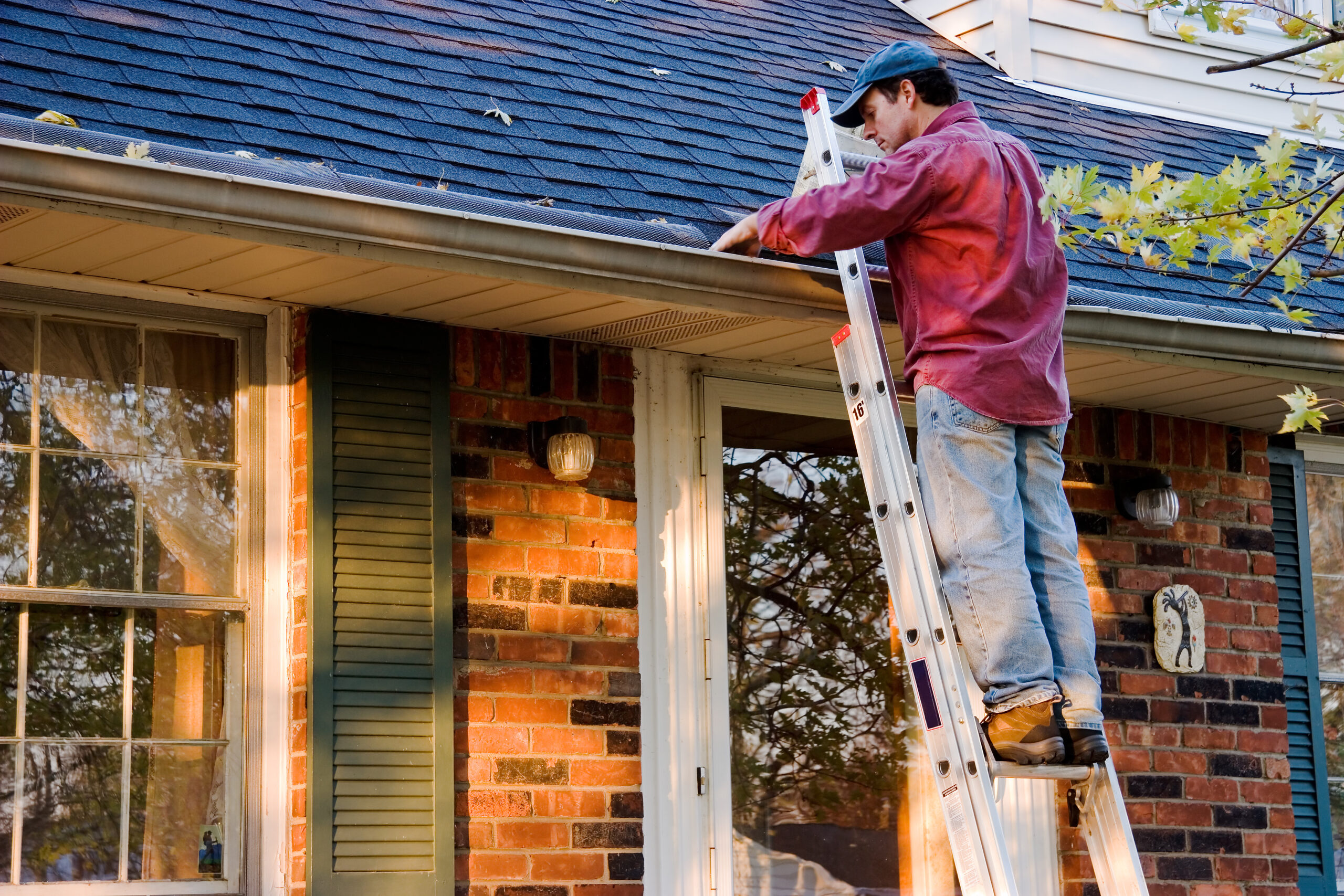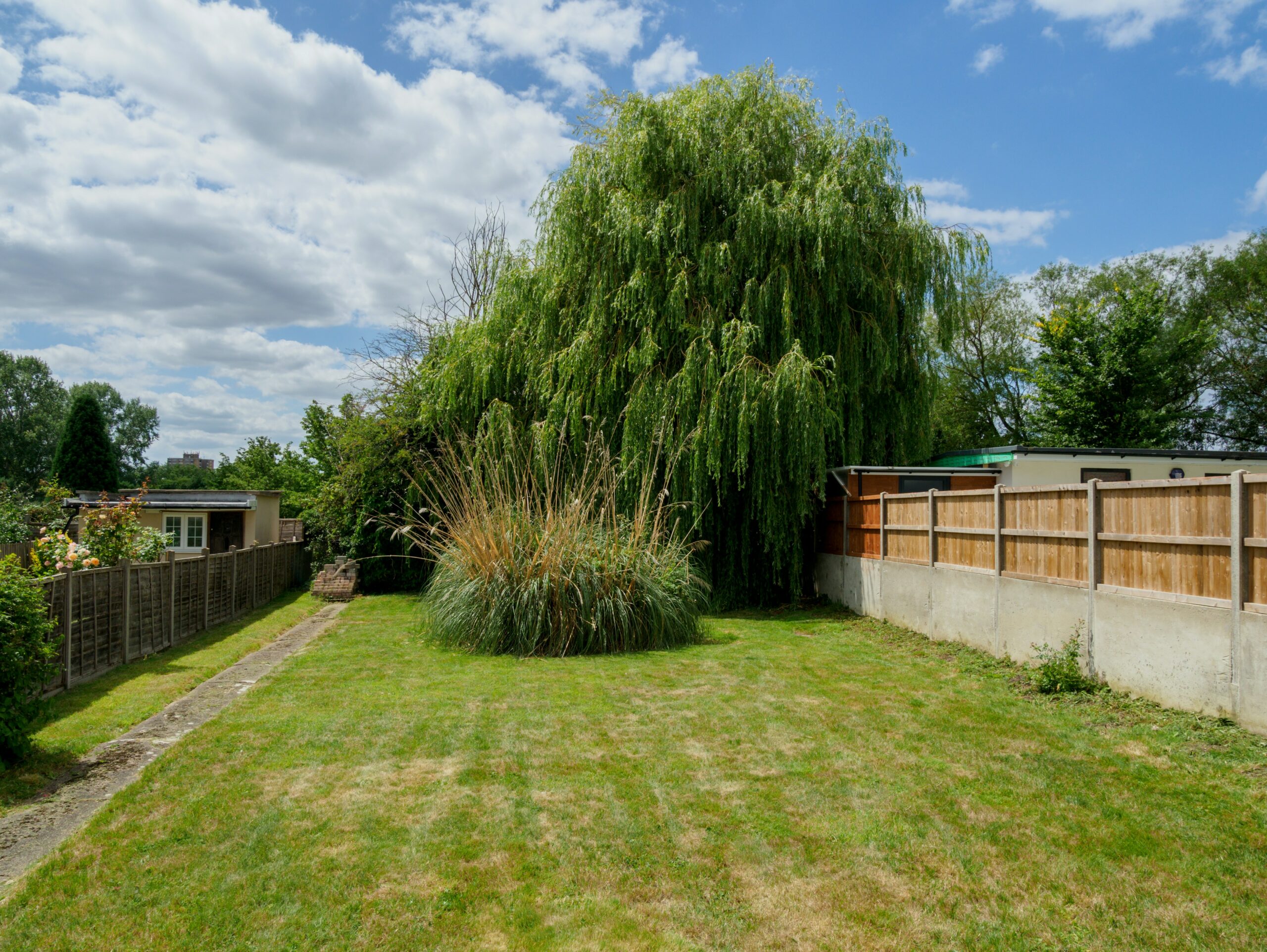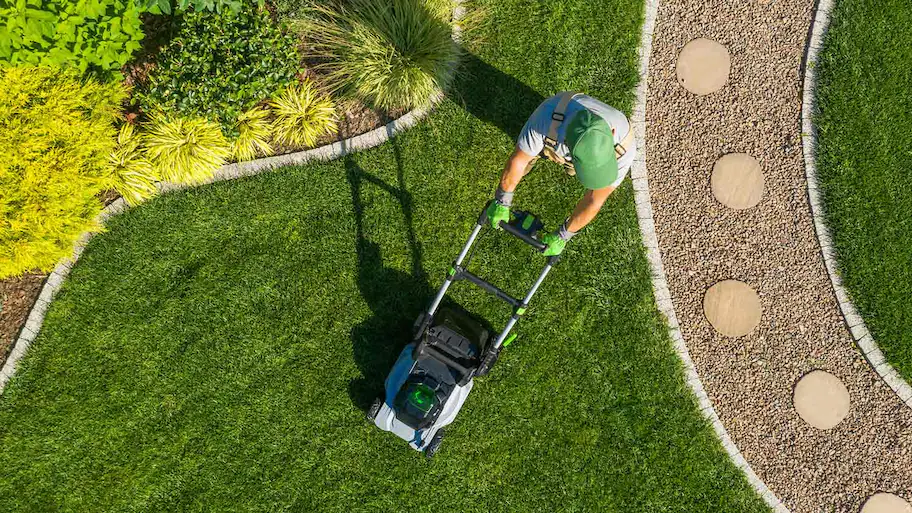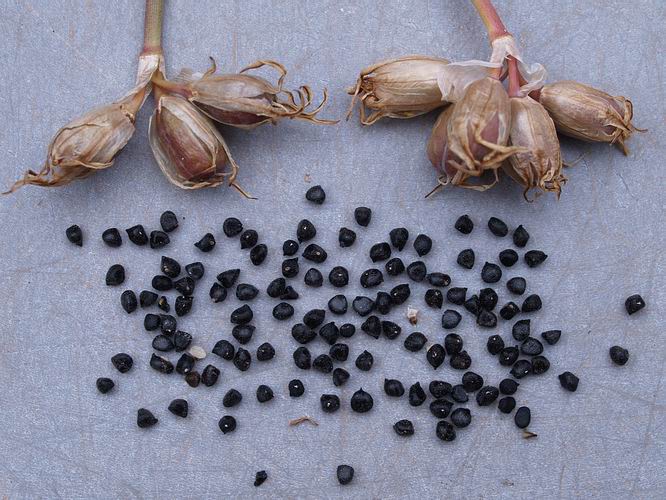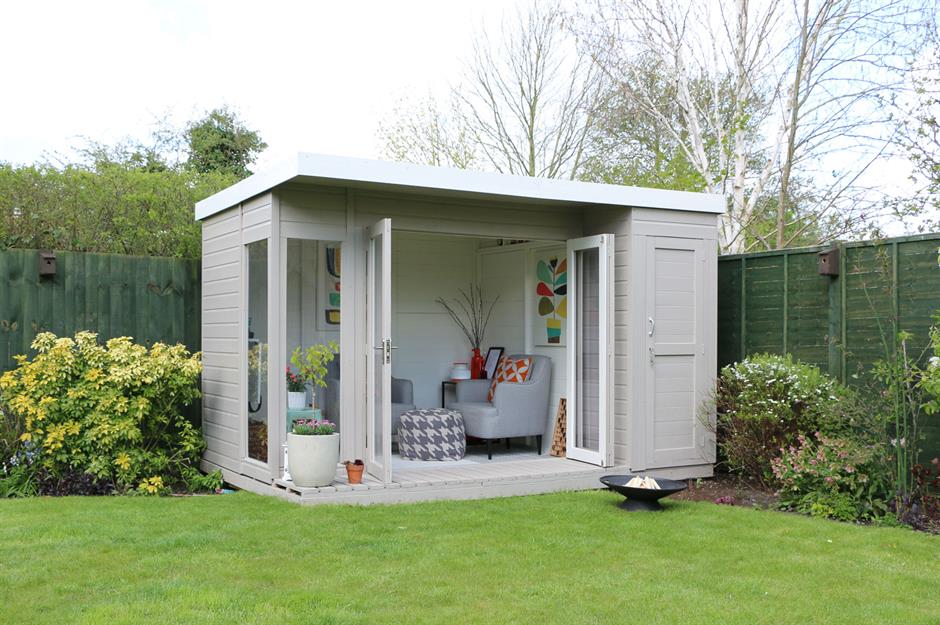Community gardens help keep the neighborhood clean. The gardens also offer a source of healthy food varieties and create friendship bonds among the community members. With the upside of community gardens, potential problems may arise of which can be countered. These include;
Size of garden
One downside of a community garden has to do with size limitations. Since gardens are usually planted on small plots of land, it is not possible to have various produce. It means that what is grown in community gardens is generally very limited. In some cases, it might not be a preference for some of the members. To counter this problem, having bylaws for the garden will come in handy. The group can have a planting system where different vegetables are planted and rotated depending on the season.
The beauty of rotating vegetables ensures that members learn about planting about varieties of vegetables. Additionally, they get to break the monotony of harvesting one type of vegetable.
High start-up and maintenance costs
Community gardens may also be too costly. In the beginning, especially when purchasing equipment, seeds, fertilizers, and leasing the plot or buying. It might require a substantial amount of capital. Additionally, maintenance costs of the garden can add up quite significantly.
The good news is that most communities can apply for grants to help with the start-up capital from the council or different organizations. Other ways to raise capital include members contributing equal amounts of money or through fund raising.
The good news is that once the community garden is up and running, the costs can be catered from money acquired from selling some of the produce. It encourages self-sufficiency among the members and solving community food issues. The greatest reward is the consumption of own grown produce.
Conflicts among members
Since people run community gardens, it is not strange for people in close contact to have differences of opinion, which can lead to conflicts. At times conflicts arise from cultural differences, gender biases, or stereotypes.
The leader of the community garden should be able to handle conflicts with diplomacy. It ensures that matters arising are dealt with immediately to avoid escalation. Respect and discipline should also be included in the community code, outlining delinquent or juvenile behavior consequences.
Weeds & Insects Infestation
Another potential problem with community gardens is weeds. Weeds can infest gardens quickly and grow at a fast rate. Common weeds can sometimes clog and break down vegetable beds rapidly. To prevent the growth of weeds:
- Use proper weed control and frequent gardening.
- Remove weeds as soon as possible to avoid spreading further.
- As much as possible, try not to use grass seeds or seedlings for your community garden.
Another problem often encountered is insects. Moles, gophers, aphids, and ground beetles are just a few of the insects that can invade and infest gardens. There are many ways to deal with these, and some are listed below.
Controlling the population of insects that eat plant parts is often a difficult task. Many natural predators can control the population of these pests. Make sure you use pesticides sparingly to avoid more serious insect problems.
If you cannot control insect infestation, you may be forced to destroy some of your garden plants. It would be best if you considered only destroying the plant species that pose a threat to your garden. It is especially true when the plant species have become established on your soil.
Frequent Monitoring
A garden is not a one-time activity, where you plant and wait for a couple of months to harvest. Gardening requires maintenance of the plot, watering the plants, removing the weeds, harvesting the produce. Consistency to maintain the garden needs a joint effort among all members.
All members involved in the community garden should be assigned roles to maintain the garden. This way, no one feels overwhelmed by the work. Since it is a community bonding platform, the idea is to create friendships and social bonds. When people enjoy what they are doing, it is no longer a chore but a fun activity.
Vandalism & Theft
Community gardens are prone to theft of produce and vandalism. In some cases, it could be from non-members who would want to see the garden fail. However, it is not uncommon for members to play a part in either of the vices. It could be as a result of in-group fights or disagreements that escalate to destruction of property.
The community garden should have clear signage about the project. It should offer details of the plot as being private. It should also be fenced to keep out unwanted people and animals alike.
Other ways to prevent theft and vandalism are to encourage the vigilance of members and the community and to report any suspicious activity.
In Conclusion,
You must consider all of the above potential problems of a community garden before actually starting the community garden. It will help avoid any potential issues down the road.

